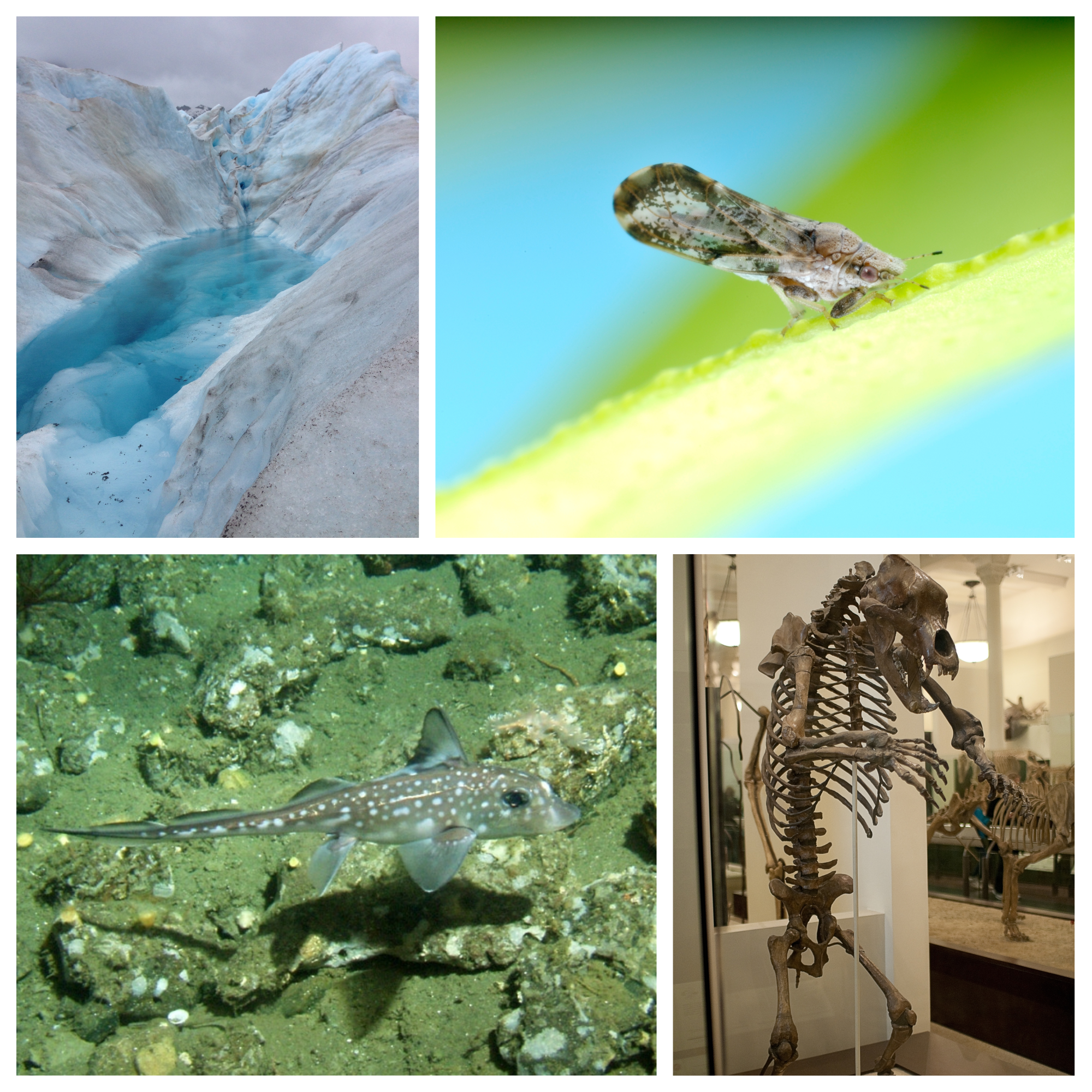The proteome of the cave bear
As a rule, it takes a genome to interpret a proteome.
A genome database gives the range of possible proteins that a sample is expected to contain, allowing a computer program to match short peptide fragments from the raw data to the full-length proteins they came from. The genome is like a picture showing how a jigsaw puzzle will look when it’s finished — and each peptide is a single tiny piece of the puzzle.

Richard Johnson, a staff scientist at the University of Washington’s department of genome sciences, has spent nearly three decades working with no picture. Before genomes were assembled and available, he became an expert in de novo peptide sequencing, piecing together the overlapping puzzle pieces from mass spectra to determine the amino acid sequence of proteins.
That ability has been coming in handy recently since Johnson started seeing more requests for environmental proteomics and other exotic analyses.
“I sit next to an oceanographer, and she does these proteomics analyses on strange samples, like glacial meltwater and seawater,” he said. “Those are cases where it’s really difficult to decide what database to even search.”
To annotate a sample from a human, a researcher can use a human genome database. But a tablespoon of ocean water or glacial runoff is likely to contain a complex community of microbes. So which genome databases should the researcher survey? Usually, researchers solve this problem by sequencing as much DNA as they can from a sample and using the result, a metagenome, to guide protein identification.
But even with a metagenome, sometimes the proteins observed in a proteomics experiment just don’t match the given reference database. “I came up with a metric that can tell you whether the protein sequence database is any good for interpreting your mass spectrometry data,” Johnson said.
The technique, which Johnson and colleagues recently published in Molecular & Cellular Proteomics, can be used to solve related problems, such as proteomic analysis of an animal whose genome has not been sequenced. “You typically use a sequence database from a closely related species and hope that the sequences did not diverge too much,” Johnson said. “Sometimes that hope is warranted, and other times it’s not.”
Johnson has used this approach to study the makeup of electrosensory organs in electric fish.
A third potential application is for analysis of very old but not fossilized tissues — those that come from extinct species, such as a vial of powdered cave bear bone that Johnson’s team obtained. Extinct species very rarely have a genome assembled, and the close-cousin conundrum is compounded by slow biochemical changes to proteins that happen over thousands of years.
But the approach doesn’t solve every problem. Johnson said, “Using this quality metric tells you how good or bad a sequence database is. But it won’t tell you what to do about it if it’s bad.”
Enjoy reading ASBMB Today?
Become a member to receive the print edition four times a year and the digital edition monthly.
Learn moreGet the latest from ASBMB Today
Enter your email address, and we’ll send you a weekly email with recent articles, interviews and more.
Latest in Science
Science highlights or most popular articles

Fueling healthier aging, connecting metabolism stress and time
Biochemist Melanie McReynolds investigates how metabolism and stress shape the aging process. Her research on NAD+, a molecule central to cellular energy, reveals how maintaining its balance could promote healthier, longer lives.

Mapping proteins, one side chain at a time
Roland Dunbrack Jr. will receive the ASBMB DeLano Award for Computational Biosciences at the ASBMB Annual Meeting, March 7–10, just outside of Washington, D.C.

Exploring the link between lipids and longevity
Meng Wang will present her work on metabolism and aging at the ASBMB Annual Meeting, March 7-10, just outside of Washington, D.C.

Defining a ‘crucial gatekeeper’ of lipid metabolism
George Carman receives the Herbert Tabor Research Award at the ASBMB Annual Meeting, March 7–10, just outside of Washington, D.C.

The science of staying strong
Muscles power every movement, but they also tell the story of aging itself. Scientists are uncovering how strength fades, why some species resist it and what lifestyle and molecular clues could help preserve muscle health for life.

Bacteriophage protein could make queso fresco safer
Researchers characterized the structure and function of PlyP100, a bacteriophage protein that shows promise as a food-safe antimicrobial for preventing Listeria monocytogenes growth in fresh cheeses.

